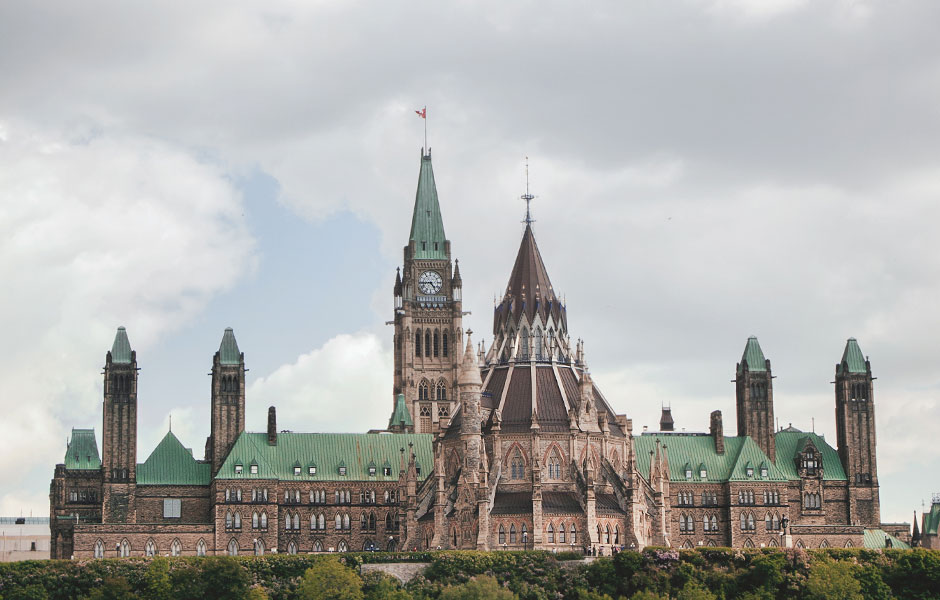With pandemic travel restrictions largely lifted, the coast is clear for Canada to welcome high levels of immigrants, international students, and temporary foreign workers over the coming months.
Upon imposing COVID travel restrictions in March 2020, Canada prevented many newcomers from being able to enter the country.
There were some exceptions, such as those who received permanent residence and study permit approval prior to the restrictions taking effect, as well as those approved under the Temporary Foreign Worker Program. Canada gradually lifted these restrictions, with all of the main restrictions on permanent and temporary residents lifted by June 2021.
Despite the restrictions, Canada still saw high newcomer levels in 2021. The signs indicate this is set to continue in 2022, with the next few months set to be particularly strong. This summer will be the first since the start of the pandemic without major travel restrictions impeding newcomers from entering Canada.
The estimation of the newcomers entry during summer is expected to be divided as follow:
Permanent residents: about 130,000 people could land in Q3 2022
However, recent Immigration, Refugees and Citizenship Canada (IRCC) data indicates the department is now processing more overseas applications. For instance, it has been prioritizing Federal Skilled Worker Program (FSWP) applications this year, which are predominantly submitted by candidates living abroad. This is a function of travel restrictions no longer limiting the ability of new permanent residents from moving to Canada (an obstacle that existed between March 2020 and June 2021).
In the first quarter of 2022, Canada landed nearly 114,000 new permanent residents. A landing is either a person living in Canada converting their temporary status to permanent residence, or an individual outside of Canada moving to Canada with permanent residence status.
The Q1 2022 figure represents an over 60 percent increase compared to the 74,000 permanent residents that landed in Q1 2021.
By Q3 of last year, Canada’s permanent resident landings increased significantly to 123,000 people between July and September. Beyond the third quarter of the year usually there is a seasonal component to Canadian immigration. New immigrants prefer to arrive during the warmer spring and summer months as opposed to coming to Canada during the colder seasons. As such, prior to the pandemic, Canada tended to experience a 40 percent increase in permanent residence landings in Q2 and Q3 of each year, before seeing landings decline during Q4 and Q1.
Assuming we see a 20 percent increase in landings due to the warmer weather, we would have at least 130,000 new permanent residence landings between this July and September.
A major question mark is what share of these landings will be arriving from overseas. In any event, we should expect a greater share of overseas arrivals this summer now that fewer COVID-related obstacles are in place.
International students: If Q1 2022 growth rate continues, up to 270,000 could arrive this summer
In the first quarter of 2022, Canada welcomed nearly 90,000 international students. This represents a 30 percent increase compared to Q1 2021Assuming the 30 percent increase, we could see as many as 270,000 international students arrive to Canada between July and September of this year.
Temporary foreign workers: Over 100,000 work permits likely to be issued in Q3
Canada has two categories of temporary foreign workers. Those welcomed to address labour shortages are done so under what is called the Temporary Foreign Worker Program (TFWP). The TFWP comprises the minority of Canada’s work permit holders. The majority are welcomed under the International Mobility Program (IMP), which sees work permits issued for a host of economic, social, and cultural purposes.
In Q1 2022, Canada welcomed about 28,000 people under the TFWP. Levels in Q3 tend to be similar as Q1, meaning we can expect another 28,000 or so work permit holders to arrive under the TFWP between July and September.
Unlike the TFWP, most new work permit holders arrive from overseas IMP sees a mix of its work permit holders arrive from overseas and a mix getting their work permits after already residing in Canada for some time, such as Post-Graduation Work Permit, open work permit extensions, spouse of an international students' open work permit...
When combining TFWP and IMP projections, we could see between 110,000 and 120,000 new work permits issued between July and September.
Grand total: Over 500,000 people likely to land, as well as see their study and work permits take effect
All told, we could see 520,000 or more people getting permanent residence, as well as seeing their study and work permits take effect over the course of this summer. This would be a considerable figure in just a three-month period and would represent a remarkable turnaround following two difficult years in Canadian immigration.




